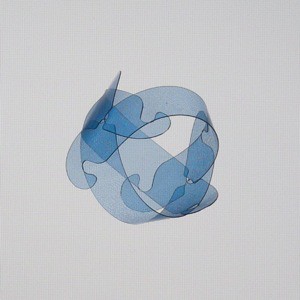Twongs and twogs can make 3D embeddings of cubic pseudographs.
A graph is called cubic if three edges meet at each vertex. Simple graphs permit only a single edge to link two distinct vertices, multigraphs allow more than one edge to link two distinct vertices, pseudographs also allow a vertex to link to itself (i.e., form a self-loop.) A graph is an abstraction: a set of symmetrical relations (edges) between pairs of members of a set (the set of vertices). For example, the friendships (edges) between persons (vertices) listed in a phonebook. Such an abstraction has no geometry until we make some decisions not specified in the graph itself in order to place (embed) its vertices and edges in 3D space, or on the Euclidean plane, or on some other surface or in some other space. Sometimes a given graph can be embedded in a space in fundamentally different ways, e.g., a left-handed and a right-handed version. The embedding, not the graph itself, is our guide to these important practical details. See Topics in Trivalent Graphs by Marijke van Gans for a clear mathematical exposition.
If twongs and twogs are made long enough, they can be used to realize any 3D embedding of a cubic pseudograph. The construction above is an embedding of the smallest cubic pseudograph having loops. I call it loop-loop. An embedding of the smallest cubic pseudograph without loops (thus also a multigraph) is shown below. I call this one bang-bang.



No comments:
Post a Comment